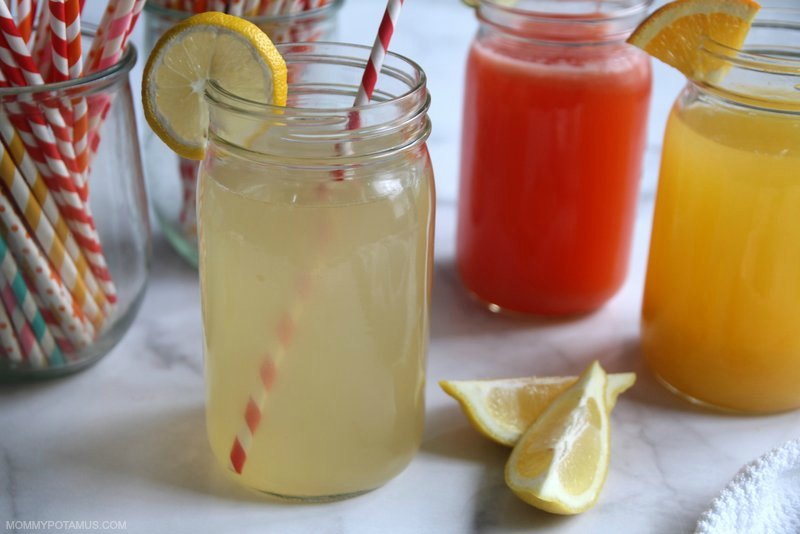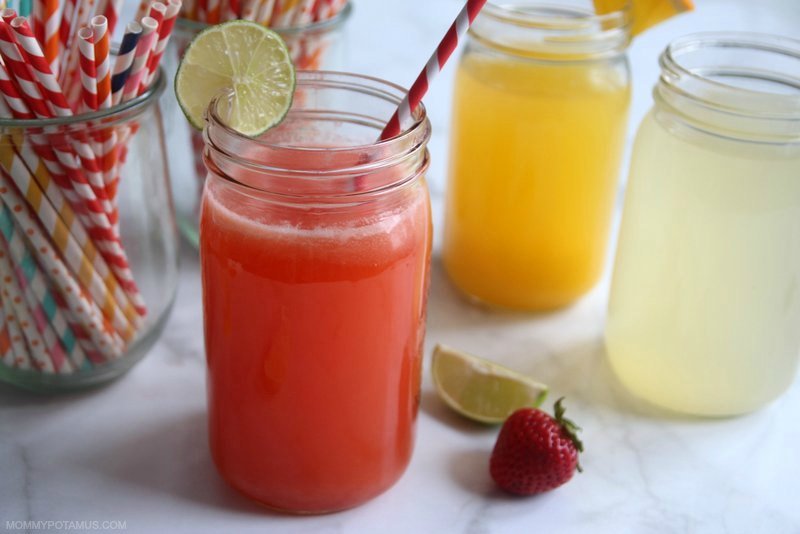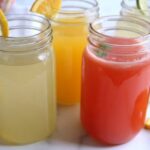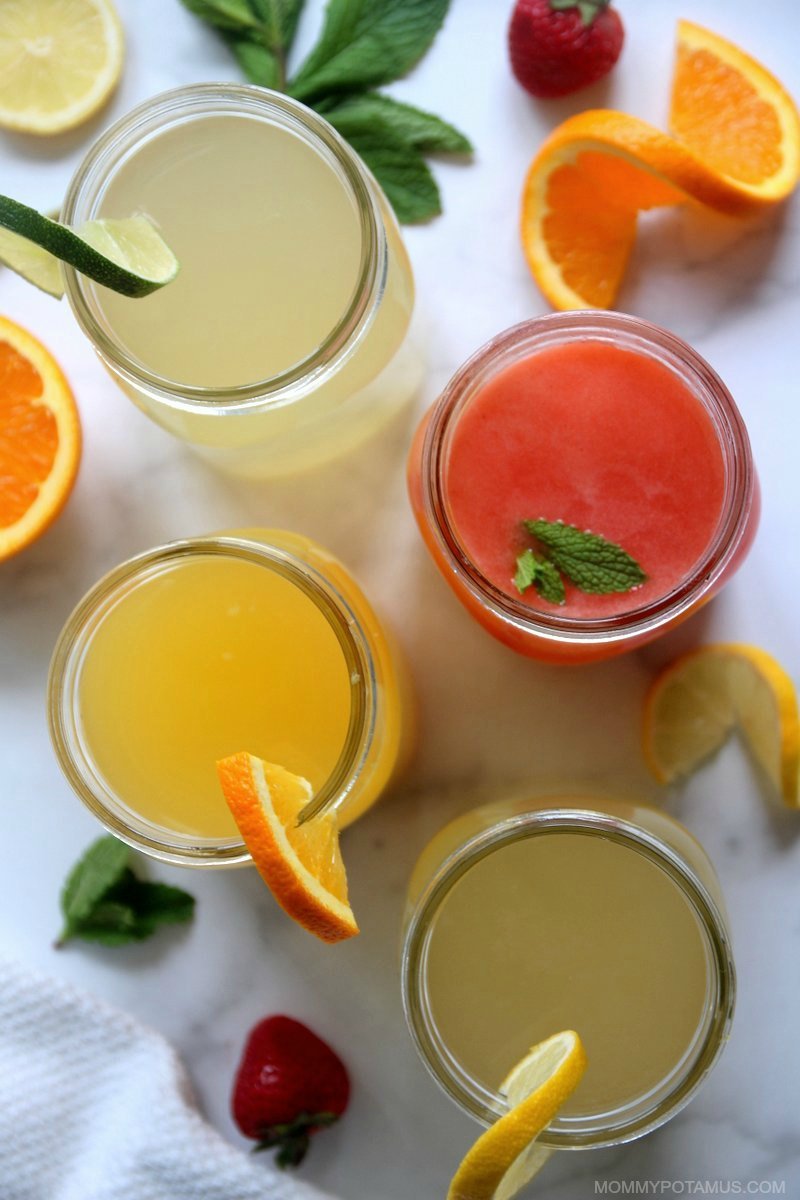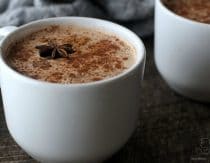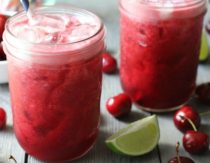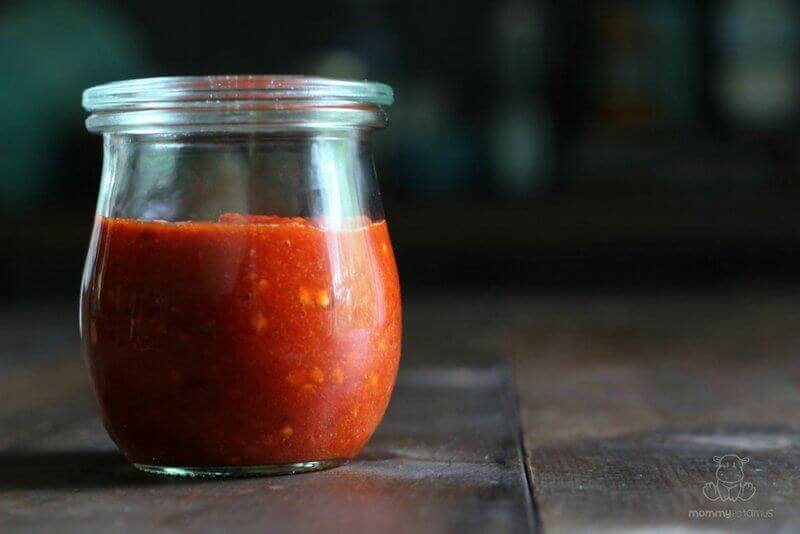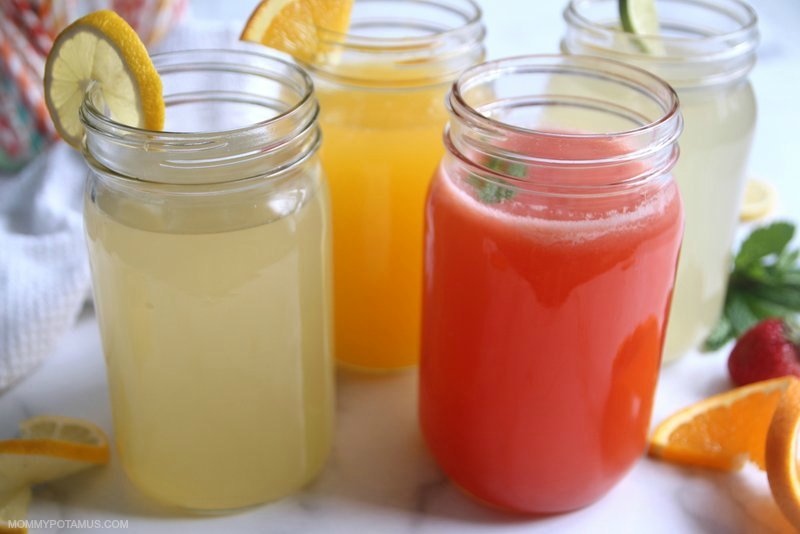
Capture the flag, freeze tag, soccer, three-legged races – whatever it is that turns your little ones into puddles of breathless, sweaty determination, chances are you’re looking for a way to keep them hydrated along the way.
These homemade electrolyte drink recipes support optimal hydration by replacing vital minerals and electrolytes not found in plain water (or herb-infused water), and they’re stocked with easily absorbed simple carbs that boost energy, too.
I make up a batch whenever someone in my family has gotten a serious sweat going, and also to support hydration during and after a stomach bug.
Why not just buy a sports drink from the corner store?
Chances are you’ve seen someone guzzle one in a commercial as sweat drips down their forehead . . . maybe it was bright blue or fluorescent yellow. Either way, according to the Center for Science In The Public Interest, the artificial food dyes responsible for that color pose a “rainbow of risks” – cancer, hyperactivity, and more.
Also, although all the top brands have phased out brominated vegetable oil (BVO), which is patented as a flame retardant, most have replaced it with sucrose acetate isobutyrate soon, and critics are unconvinced that the new chemical is much better. One study that showed liver changes and increased serum alkaline phosphatase activity in dogs after exposure.
There is a good store-bought option, which I’ll cover later in this article along with DIY recipes. Before we dive into all the details, though, I want to mention that this article is for informational purposes only is not intended to diagnose, treat, or cure any disease.
As always, talk to your doctor about what is best for you and your loved ones, and definitely seek medical attention if you or someone else is experiencing severe dehydration. These recipes are not intended for children under one or individuals with medical conditions that could be impacted by salt intake, such as compromised kidney function.
Okay, let’s dive in!
So, what are electrolytes and why do we need them?
Electrolytes are ion-rich minerals and salts that promote “rapid fluid absorption and maintenance of body fluid.” (1) In other words, they help balance the amount of water in your body while also:
- Balancing your body’s acid/base (pH) level
- Moving nutrients into your cells
- Moving waste out of your cells
- Supporting the function of your nerves, muscles, heart, and brain (2)
Common electrolytes are sodium, potassium, calcium and bicarbonate. Most of the time we get ample amounts of electrolytes through food, but in times of intense physical exercise or heat (causing sweating and loss of minerals) or illness (making it difficult to keep food down), electrolyte drinks can often be helpful for supporting rehydration. (3)
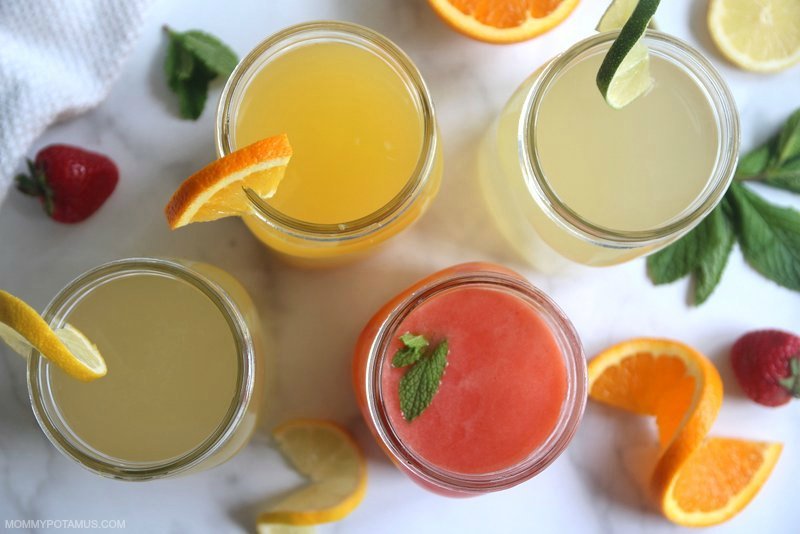
What’s in electrolyte drinks?
There are four main components to most electrolyte drinks:
Water or Coconut Water
Since hydration is the goal this one is no surprise. Plain water will work when mixed with other ingredients, but many people prefer coconut water, aka “Nature’s Gatorade.” At a meeting of the American Chemical Society (ACS), Dr. Chhandashri Bhattacharya stated that:
Coconut water is a natural drink that has everything your average sports drink has and more. It has five times more potassium than Gatorade or Powerade. Whenever you get cramps in your muscles, potassium will help you to get rid of the cramps. It’s a healthy drink that replenishes the nutrients that your body has lost during a moderate workout.” (4)
She added that the potassium in coconut water may also be helpful for people who do not exercise. That’s because typical American diet is low in potassium compared to table salt and “research has shown that such an imbalance is unhealthy.” (4)
Something to keep in mind, though, is that coconut water is lower in salt than traditional sports drinks. If it’s going to be consumed after moderate or heavy exercise, many trainers and other experts suggest mixing in a little salt to bring the sodium content up.
It’s also naturally lower in sugar than store-bought options, which is fine if the main goal is to replenish electrolytes or if you’re sticking to a low-carb diet. However, if energy/endurance is also a goal, adding a little honey or maple syrup can be helpful, too.
This brand of coconut water doesn’t have any added sugar or preservatives and is our family’s favorite starting point for making homemade sports drinks.
Electrolytes
As we touched on earlier, electrolytes are ion-rich minerals and salts that contribute to osmotic balance. (They help our bodies optimize fluid levels.)
Sea salt is rich in the sodium, which is one of the primary electrolytes lost during heavy exercise. Unrefined options like Himalayan pink salt and Real Salt contain additional electrolytes like calcium and potassium, plus essential trace minerals.
Easy-To-Digest Carbs
The amount of sugar in sports drinks varies a lot. Some aim for about 6-8% based on guidelines, while others aim for less or more. I use a middle-of-the road approach and make adjustments as needed based on the situation.
If I’m attempting a triathlon (which, uh, is unlikely) I’d probably increase the amount of carbs, and if I’m just wanting to rehydrate after a moderate workout I’d probably keep them on the lower side.
Both raw honey and maple syrup are rich in minerals and easily digestible sugars, which can be used for energy.
Flavoring
The best electrolyte recipe is the one your kids will drink, so flavorings can be really important depending on the child. I’ve included several options below that my kids like.
As a bonus, some flavorings can improve the electrolyte profile of the drink. For example, just two tablespoons of lemon juice contain about 31 mg of potassium, which is almost as much as traditional sports drinks. Two tablespoons of lime juice contains 36 mg, which is basically what you’ll find in many store-bought options.
Both juices are great options if you’re using plain water as the base, and orange juice is a good one, too. (It contains about twice the potassium as store-bought options.)
Basic Homemade Electrolyte Drink Recipe
Different ingredients contain different amounts of sodium, potassium, carbs, etc., so there are a few different ways you can put them together and fall within the guidelines provided by healthcare and sports experts.
In addition to the four recipes I created, I want to share with you an additional recipe from the World Health Organization. It’s called the Oral Rehydration Salts/Solution (N-ORS), and it’s often used in countries where products like Pedialyte are unavailable or considered too expensive.
I’ve made this recipe and it works, but it’s a bit on the salty side in terms of flavor and I definitely recommend adding the optional orange juice. Here’s the basic recipe:
Ingredients
- 6 teaspoons sugar (Medscape says honey will also work, and the World Health Organization says raw sweeteners like molasses are okay, too) (5)
- 1/2 teaspoon salt
- 1 liter clean water
The Rehydration Project, which is sustained by The Mother and Child Health and Education Trust, recommend adding 1/2 cup orange juice to improve the flavor and add potassium. (It also adds some vitamin C.)
Instructions
Place water, sugar, and salt in a jar and stir until the sugar and salt dissolve. If you want to warm the water a little to help with the process that totally works. Add orange juice if desired.
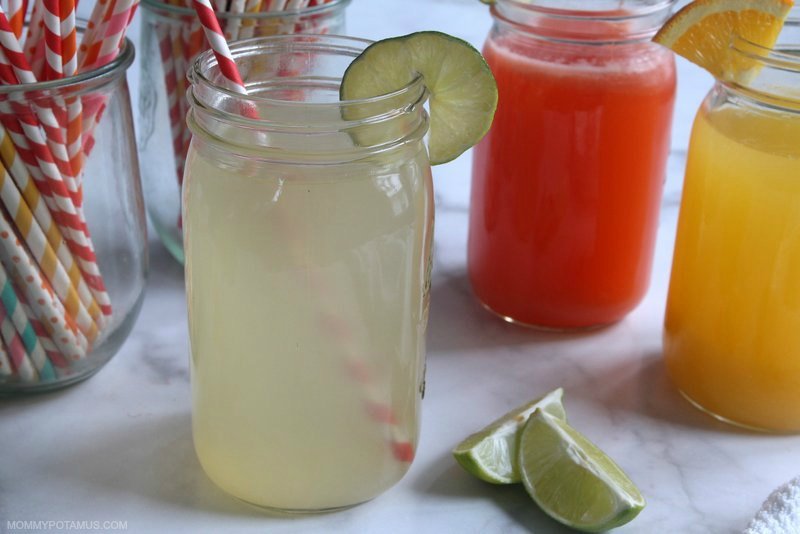
Coconut Water & Lime Homemade Electrolyte Drink (Recipe #1)
In this recipe, I’ve aimed for a 6% solution, which is 6 grams of carbohydrates per 100ml of liquid. It’s within the 6-8% recommended by the USADA for providing energy (and flavor), with the lower percentage being preferred by many experts.
It also contains the minimum amount of sodium and a whopping 391 mg of potassium. Makes approximately 24 ounces, and a serving is 8 ounces.
Ingredients
- 2 cups unsweetened coconut water
- ⅓ cup fresh lime juice
- ⅔ cup water
- 1½ tsp raw honey
- ⅛ tsp Himalayan pink salt
Instructions
Combine all ingredients in a quart-size mason jar and stir until the salt is dissolved.
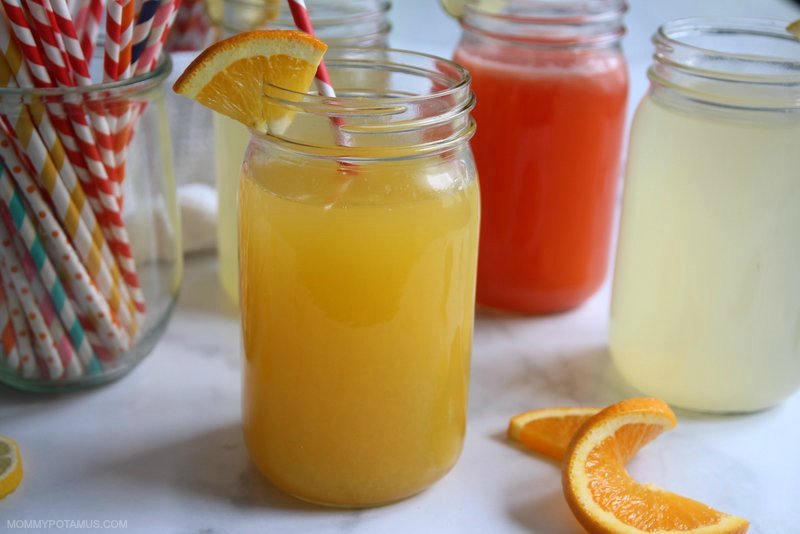
Orange Twist Electrolyte Drink (Recipe #2)
Like the recipe above, this electrolyte drink is a 6% solution that contains both sodium and potassium. Oh, and it’s yummy.
Makes approximately 24 ounces, and a serving is 8 ounces.
Ingredients
- 2 cups water
- ¾ cup fresh orange juice
- ¼ cup fresh lemon juice
- ⅛ rounded tsp Himalayan pink salt
- 1 tbsp raw honey
Instructions
Combine all ingredients in a quart-size mason jar and stir until the salt is dissolved and everything is well mixed.
Lemon Electrolyte Drink (Recipe #3)
This version is an 8% formulation, which is the highest carb recipe. It’s basically lightly sweetened lemonade infused with salt and potassium for electrolytes. My kids love it.
Makes approximately 32 ounces, and a serving is 8 ounces.
Ingredients
- 3½ cups water
- ½ cup fresh lemon juice
- 3 tbsp raw honey
- ¼ tsp salt
Instructions
Combine all ingredients in a quart-size mason jar and stir until the salt is dissolved.
Strawberry Lime Electrolyte Drink (Recipe #4)
Makes approximately 24 ounces, and a serving is 8 ounces.
Ingredients
- 2 cups unsweetened coconut water
- ¼ cup lime juice
- ½ cup water
- ⅛ tsp Himalayan pink salt
- 4 medium strawberries
- 1 tsp raw honey
Instructions
Place coconut water, lime juice, water, salt, strawberries and one teaspoon honey in a blender and set speed to high. Continue blending until the strawberries are fully incorporated. Taste and add more honey if desired. The top of the drink will have a bit of foam like a latte after blending – leave it or scoop it off depending on your preference.
Coconut Lime Electrolyte Sports Drink
Ingredients
- 2 cups unsweetened coconut water
- ⅓ cup lime juice
- ⅔ cup water
- 1½ tsp raw honey
- ⅛ tsp Himalayan pink salt
Instructions
- Combine all ingredients in a quart-size mason jar and stir until the salt is dissolved.
Notes
Orange Twist Electrolyte Drink Recipe
Like the recipe above, this electrolyte drink is a 6% solution that contains both sodium and potassium. Oh, and it's yummy. Makes approximately 24 ounces, and a serving is 8 ounces. Ingredients- 2 cups water
- ¾ cup fresh orange juice
- ¼ cup fresh lemon juice
- ⅛ rounded tsp Himalayan pink salt
- 1 tbsp raw honey
Lemon Sports Drink Recipe
This version is an 8% formulation, which is the highest carb recipe. It's basically lightly sweetened lemonade infused with salt and potassium for electrolytes. My kids love it. Makes approximately 32 ounces, and a serving is 8 ounces. Ingredients- 3½ cups water
- ½ cup fresh lemon juice
- 3 tbsp raw honey
- ¼ tsp salt
Strawberry Lime Electrolyte Drink Recipe
Depending on how much honey you use, this drink contains approximately 6-8% carbs, which is within the guidelines suggested for sports drinks. Makes approximately 24 ounces, and a serving is 8 ounces. Ingredients- 2 cups unsweetened coconut water
- ¼ cup lime juice
- ½ cup water
- ⅛ tsp Himalayan pink salt
- 4 medium strawberries
- 1-2 tsp raw honey
Nutrition
What to buy if you don’t want to DIY
If you’d rather have a pre-made option on hand for whenever it’s needed, I recommend Berri-Lyte Pediatric Electrolyte Solution.
It’s completely organic, gluten-free, and paleo friendly, and it comes in several delicious flavors like acai berry, cherry, coconut and lemon lime.
Sources
1. USADA (2020) Nutrition Guide: Fueling for Performance
2. MedLine Plus. Fluid and Electrolyte Balance
3. Maughan, R.J. (2007) Fluid and electrolyte loss and replacement in exercise
4. American Chemical Society (2012) Coconut water is an excellent sports drink ― for light exercise
5. Medscape (2018) Pediatric Dehydration Treatment & Management

